The 6-Step Marketing Messaging Framework That Will Transform Your Business [+PDF Guide]

- By Warren Thompson
- 7 min read

This marketing messaging framework was developed as an answer to a common, painful trend I’ve seen in marketing lately.
This is nothing new, not by a long shot. But it seems ever more prevalent with the level of visibility that we have with digital marketing these days.
It’s “Marketing Copycat Syndrome”.
However, I can’t blame marketers or companies for doing this. It makes sense. Why reinvent the wheel when you see something working so well for someone else? Why take the risk of trying something new? Something that might not work?
Well, the problem with copying others is simple. What works for someone else won’t necessarily work for you. And what if they were also copying someone else, and so on? Then you won’t have the slightest chance of standing out from the crowd (illustrated below).
Beyond that, once you’ve finished successfully copying someone else, you’ll be out of ideas and grasping to copy the next new thing. This leads to a disconnected series of “random acts of marketing”, instead of a cohesive strategy that you can consistently rely on.
Whether you’re running a business or you’re a marketer looking to contribute more value within your company, this framework will give you a blueprint for defining your company’s unique message. You can then use this message to consistently develop successful marketing strategies and campaigns because you’ll know exactly who you’re talking to, and you’ll have something unique to say, something that genuinely resonates with them.
My challenge to you is to take the time to work through this process and review it whenever you have a new marketing initiative. Revisiting this will help you to avoid the dreaded pull of Marketing Copycat Syndrome and prevail by creating something new and original, something that stands out from the crowd and speaks to your audience at a deep and emotional level.
Each of the following principles is supported by a paradigm shift in the way that you approach your video marketing strategy. These principles are more geared towards video advertising than educational or informational content because of today’s “pay to play” environment, but the same principles can apply to non-advertised video content to make them more effective.
“Strategy without tactics is the slowest route to victory. Tactics without strategy is the noise before defeat.” – Sun Tzu, The Art of War – Circa 500 B.C.
This marketing messaging framework is part of a larger strategy, so I’d like to quickly define a few relevant terms, including the difference between strategy and tactics. The two terms are often used very interchangeably, even by people who are very familiar with their relative meanings.
Generally, strategy defines your longer-term, high-level plan for how you’re going to achieve your objectives. For example:
Tactics, on the other hand, are more concrete and oriented towards specific steps along the way. For examplemark
If you’re going to make a meaningful impact with your marketing, you need to start with your message.
That’s because objectives, strategy, and tactics are all about you and what you’re going to be doing. Before you can decide what you are going to do, you need to understand who you are planning to reach, connect with, and create a transformation for.
This can easily be remembered at a high-level by using the POST framework: People, Objectives, Strategy, Tactics.*

The marketing messaging framework below focuses entirely on people, because it is so critical to get right. Without truly understanding the people who seek to serve, your objectives, strategy, and tactics (blog, videos, PDFs, Facebook ads, etc.) will miss their mark.
Let’s get started…
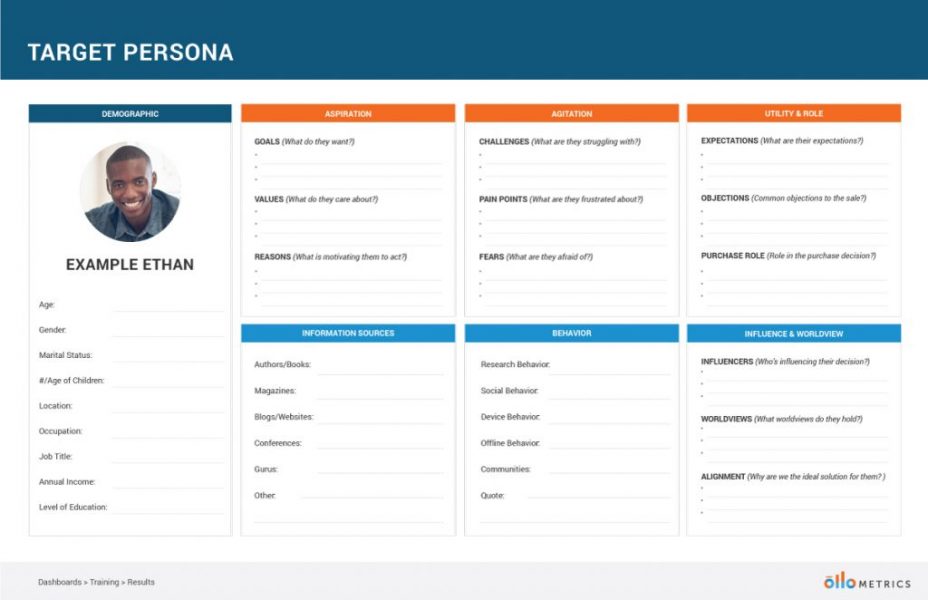
A target persona is a representation of your ideal customer. Depending on your business, you may have multiple target personas, but I encourage you to use as few as possible. Target personas should focus your marketing and sales efforts, not dilute them. Start with 1-2 personas max per offering and only add more if you have the capacity to personalize your content or offering for them.
Your target persona will help you and your team empathize more deeply with your ideal customer. It should also help you identify the best ways of targeting that person with online advertising and other marketing tactics. A very useful side effect that is rarely spoken about is that it will also give your team a shared language to use (e.g. “Did you help that customer? She’s totally an “Active Amy”).
Customer personas should not be created and used solely by the marketing department. They should be descriptive, catchy, easy-to-remember, and everyone in the organization should know them (e.g. Active Amy, Engineer Ethan, Motherly Mary, Newly Retired Norm, Start-up Scott, etc.).
Once you have an initial draft of your persona(s) complete. Go to Google Analytics, Sparktoro, your CRM, and Facebook Audience Insights to verify the assumptions with data.
Important Tip: In Google Analytics, make sure to segment out only the people who’ve purchased from you or completed an important website goal such as a form completion.
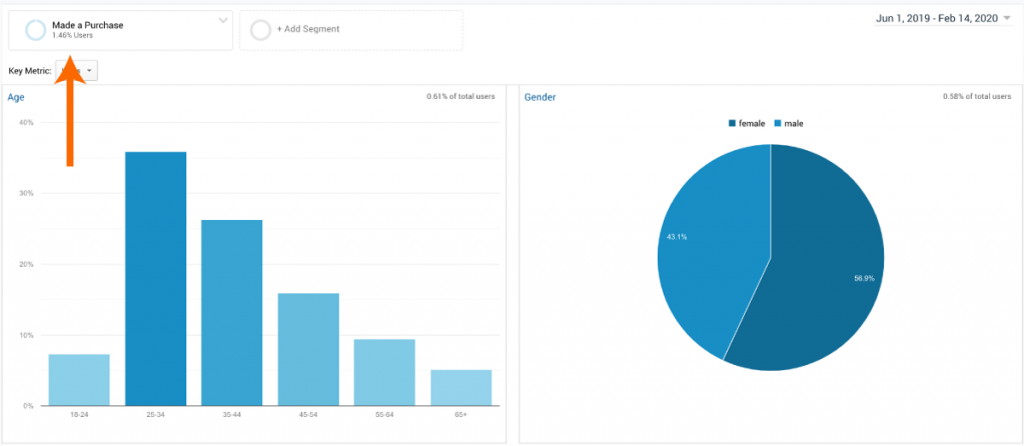
Also, send an email survey to your customer list and interview your best customers to further your understanding. Record your sales calls and listen for specific language that prospects use when speaking about their goals, concerns, objections, and fears.
Your identity is the culmination of everything that makes you you: how you were raised, the society you were born into, your race, gender, strengths, weaknesses, etc. Your worldview is a set of lenses that you see the world through. It’s a set of beliefs that help you make sense of the world and your experiences.
Your identity is uniquely yours and shapes how you view the world, but people with different identities can still share the same worldview.
If you pay attention, you’ll see that your best customers (and friends) will likely have a worldview that closely aligns with yours. Conversely, it’s nearly impossible to sell to someone who holds an opposing worldview to what you offer.
With your message, you want to take a view on the market that will align with and reinforce your customers’ common worldview while positioning yourself as the ideal solution.
For example, if you own an ice cream parlour, you’re going to have a really hard time convincing a vegan person to try your new dairy-based ice cream flavour, no matter how good you say it is! You may, however, decide to create non-dairy, vegan-friendly ice cream and open up the opportunity to attract new customers with that worldview. What you’ve done in that scenario is to identify a common worldview in your market and position your product as the ideal solution for them.
Important distinction: Your message can still either reinforce your customers’ perspective or attempt to change it, but it shouldn’t attempt to change their worldview (unless you have a limitless budget and don’t care about being profitable).
It should go without saying… but for the message to be genuine, you must share the worldview as well! Don’t try to be something that you’re not. The reason your customers will choose you over your competitors might be because of what you do or how you do it, but you’ll create raving fans because of who you are.
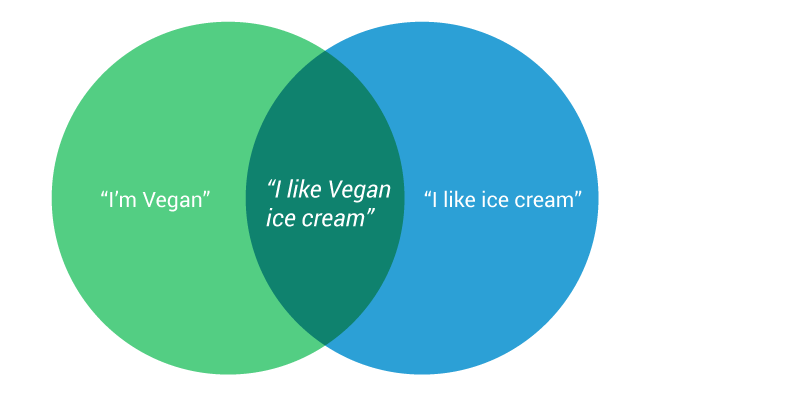
I recently heard an amazing quote from Tom Libelt on the Active Growth podcast: “People don’t pay for information anymore. Most information is free. What people pay for is transformation”
Most businesses fail by focusing on the what or the how instead of focusing on the why. And for those of us Simon Sinek fans that know that we should be focusing on the why, we often still fall short of reaching the true why because we don’t dive deep enough.
The true why is always part of a transformation between your customer’s present situation and their desired future.
To define the meaningful transformation that your customers will achieve when they choose your product or service, you need to paint a detailed picture of what life is like for them before they choose you (their present situation) and after they use your product/service (their desired future).
Once you’ve defined their present situation and desired future, you will be able to see the gap in between the two states.
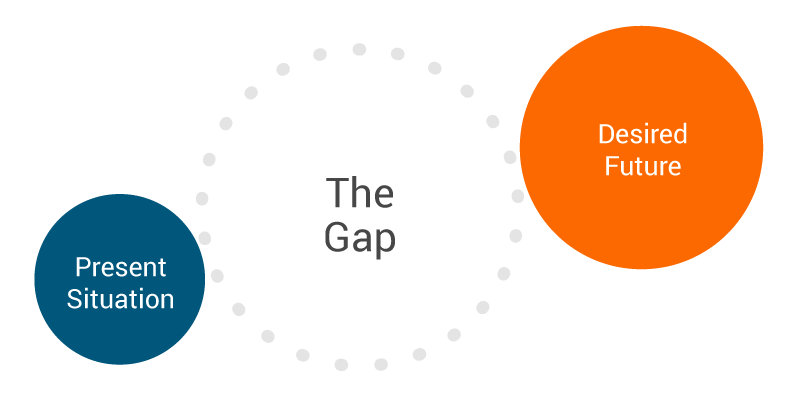
Next, you position your product or service as the vehicle that is going to take them from their present situation to their desired future. For the transformation to be meaningful, it must take place on multiple levels (more on that in the free download).
Now that we’ve clearly identified our target customer’s present situation and desired future, it’s time to agitate them – just a little 🙂
This isn’t meant to be evil or manipulative, but if someone is entirely content with their present situation, they won’t be motivated to change and do business with you. If you can create a little discomfort and make them re-evaluate their present situation, it will motivate them to seek a change and move towards the desired future you are laying out for them.
If you’ve done your work so far and they’re still not interested, don’t sweat it. They’re likely just not the right fit for your product or service (and that’s ok).
Note: Often, someone’s present situation is agitated by simply becoming aware that a new desired future exists. No one cared about having an iPhone in 2005. Now people line up for new ones every year.
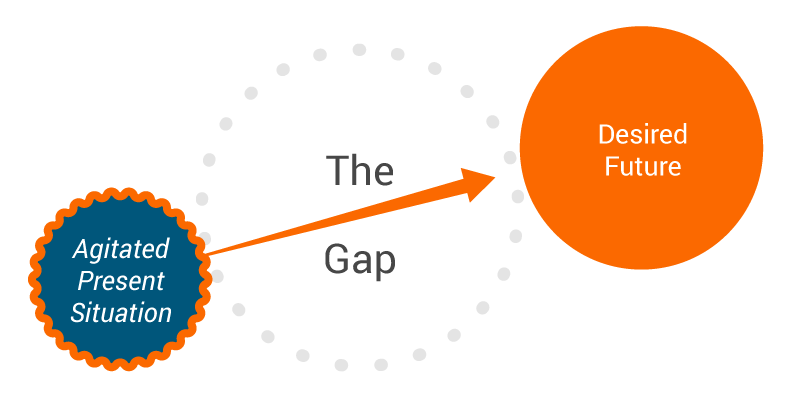
Studies like this one show that consumers are much more likely to switch brand loyalty or change consumption patterns during major life changes (new job, new relationship, new house, a move, kids, etc.) because of the demand for readjustment. If we can identify specific life events or changes in our target customers’ lives that will make them more likely to need or want our services, then we’ll have an even higher success rate of reaching them and encouraging trial.
Next, we want to gain commitment and help our target customers stay on course. This is especially important with larger purchase decisions and recurring commitments that require more consideration and can lead to analysis paralysis.
The larger or more involved the purchase decision, the more internal friction or paralysis your target customer will experience, and therefore, the more you’ll have to use this as a tool to propel them towards their desired future.
Nobody likes to feel stuck or stagnant. We want to be the best version of ourselves possible, but big changes are scary.
A big change or commitment means that we need to let go of the person we are now in exchange for the new, unfamiliar person that we are going to become (or spend a lot of money that took time and effort to accumulate).
A prime example of this would be fitness products and services that require customers to change their own life and habits in order to be successful. If we can provide a series of quick wins, break our offering into smaller chunks, and increase our target customer’s emotional investment in the transformation then we can help propel them towards their desired future.
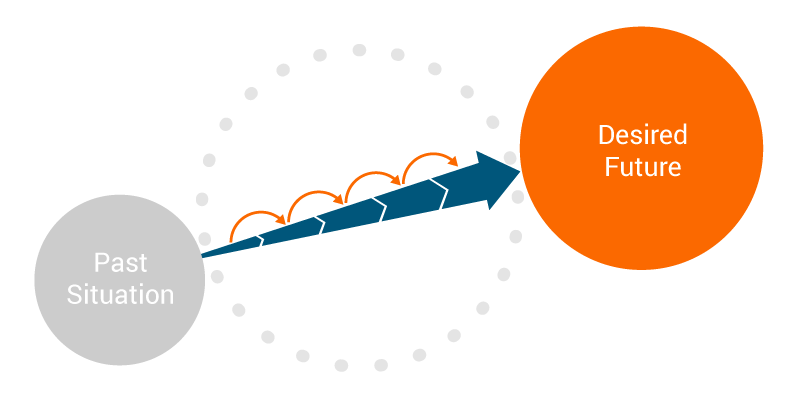
Finally, we are social creatures, and any opportunity for our customers to spread the good word about our products and services means that we get to save money on marketing and advertising dollars.
Think about this… If every new customer you acquired referred just one person, who also became a customer, you’d cut your marketing acquisition costs in HALF! Furthermore, people like sharing things of value if they know it’ll help others. It helps to increase their status (important!) as someone who has valuable resources to share. More on that in the framework below.
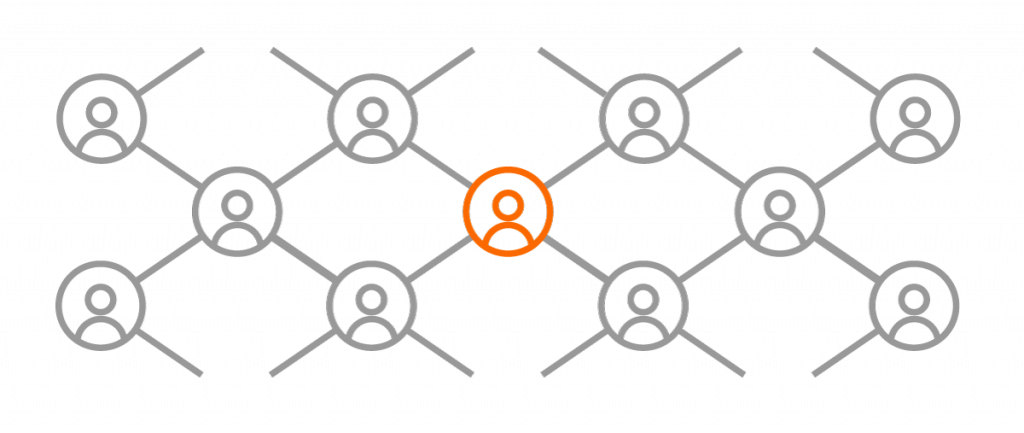
Now you have a foundation for truly understanding the people you serve (your customers) and the steps needed to create a meaningful transformation for them. In my opinion, this is the most important marketing work you can do and will make every future business objective, strategy, and tactic more meaningful and effective.
Doing this work will also give you a greater return on EVERY Facebook Ad, Google Ad, Blog, Email, Video, etc. which is why we do it with all of our Ollo Metrics‘ clients.
Remember the 6-step marketing message framework below:
However, knowing the 6-step isn’t enough…
Each step requires an exercise or series of questions to work through with your team. That’s what the Transformational Message Framework is all about – feeling that agitation yet? 
This resource, when applied in your business, will be one of your most valuable marketing tools. We hope you get a ton of value from it.
Want to see this framework in action with real examples? Watch a recording of the live Ollo Metrics webinar.
*Thank you to Laura Tetzlaff from Sandbox Marketing for showing me the POST Framework while I was working on this article.
Inspiration and suggested learning: All Marketers Are Liars by Seth Godin, Offer Builder Jumpstart Pack from DigitalMarketer, Consulting Accelerator Course by Sam Ovens. The Video 4x Effect by Brandon Lucero.
Sign-up to get more insights and resources on digital marketing, analytics, and dashboarding to grow your business with confidence.
Be generous and share this article with your friends
Be the first one invited to our hands-on workshops, and get updates on our latest digital marketing blog releases.